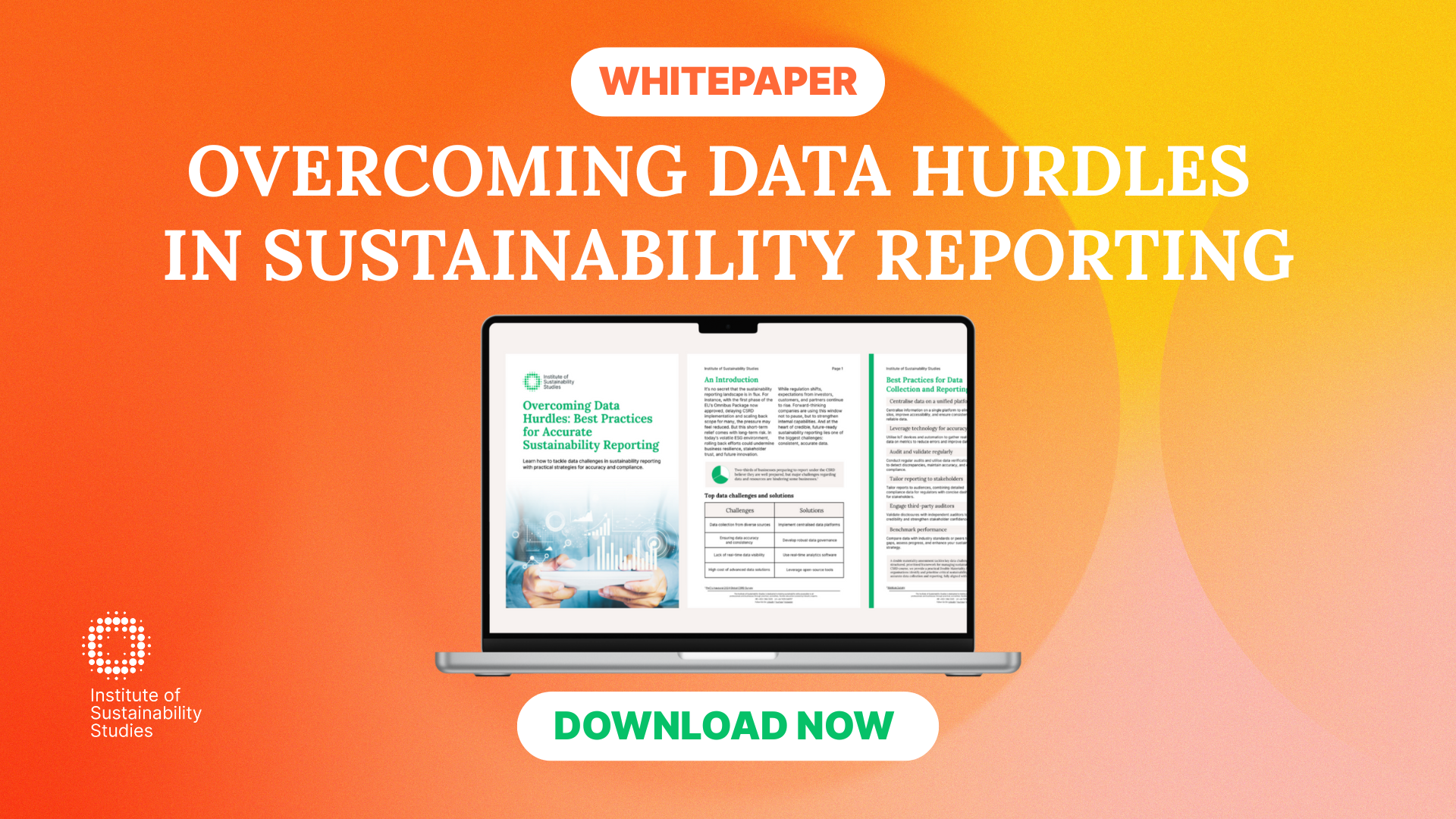In order to take adequate climate action and ensure sustainable growth, we need circular economy solutions. According to the Circularity Gap Report 2022 by Renewable Matter, just 8.6 percent of the global economy is actually circular. We have consumed five hundred billion tons of resources globally over the last six years.
We need to nearly double the amount of the world that is circular to reduce our carbon footprint and address issues like resource depletion and waste generation proactively. The circular economy cannot be achieved by individuals alone; action must be collective. Even better through partnerships and collaborations.
People at different ends of the value chain often do not engage with one another. As a result, circular innovations are generally costly, and there are low levels of adoption. Collaboration solves these issues, and if we want to speed up the implementation of circular economy practices, we must join forces.
Why collaboration is a key piece of the puzzle to go circular
Historically, businesses have operated with competitive self-interest in mind. But in the circular economy, this mindset must evolve. No single organisation can solve the systemic waste, emissions, and resource challenges we face. Progress depends on multi-stakeholder cooperation—across industries, sectors, and borders.
Different parts of the value chain often don’t interact, making circular innovations costly and adoption slow. Collaboration breaks down these barriers, opening the door to shared resources, collective innovation, and wider implementation.
Governments are beginning to act on this need too. For instance, the UK Government will launch a new Circular Economy Strategy in 2025, with plans to reduce waste and build material circularity across key sectors such as textiles, construction, plastics, and agri-food. The strategy, which includes roadmaps for priority industries, reinforces the message that circularity must be coordinated—not siloed.
How can we collaborate for a circular economy?
There are several ways we can collaborate for a circular economy. Firstly, engaging in cross-sector solutions. This involves coordinating multiple stakeholders, geographies, and sectors. While this is a significant challenge, it is crucial to ensure products are correctly disposed off to drive circularity.
For example, chemical companies should join forces with brand owners to enhance the recyclability of packaging. Clearer standards are also needed on the circularity of recycled products, so customers are aware of what they are paying for. Research and development (R&D) partnerships are also required since many of the circular solutions will be based on new technology and science.
For instance, we need to determine how to help worldwide consumer goods organisations meet their sustainability goals. Significant R&D can make these solutions both cost-efficient and scalable, enabling quality collaboration. Consumer goods organisations do often have in-house research teams, but they would still very much benefit from R&D collaborations.
Many examples of this are already occurring worldwide. For example, Nestle and Procter & Gamble are collaborating with various research institutes. These collaborations can drive the adoption, development, and commercialisation of circular innovations. Finally, even when we have reached a sufficient degree of technological readiness with our circular innovations, we still need to strengthen commercial viability.
Summary
Transitioning to a circular economy is not a simple task, but we absolutely must do this. Our current economic model – the linear economy – is no longer sustainable. To achieve systems change, we must become powerful enablers, and collaboration will allow us to do this. Collaboration will see us drive innovation and establish a supportive ecosystem where we can pool resources to protect the environment.
Dedicated to harnessing the power of storytelling to raise awareness, demystify, and drive behavioural change, Bronagh works as the Communications & Content Manager at the Institute of Sustainability Studies. Alongside her work with ISS, Bronagh contributes articles to several news media publications on sustainability and mental health.
- Bronagh Loughlinhttps://instituteofsustainabilitystudies.com/insights/author/bronagh/
- Bronagh Loughlinhttps://instituteofsustainabilitystudies.com/insights/author/bronagh/
- Bronagh Loughlinhttps://instituteofsustainabilitystudies.com/insights/author/bronagh/
- Bronagh Loughlinhttps://instituteofsustainabilitystudies.com/insights/author/bronagh/









